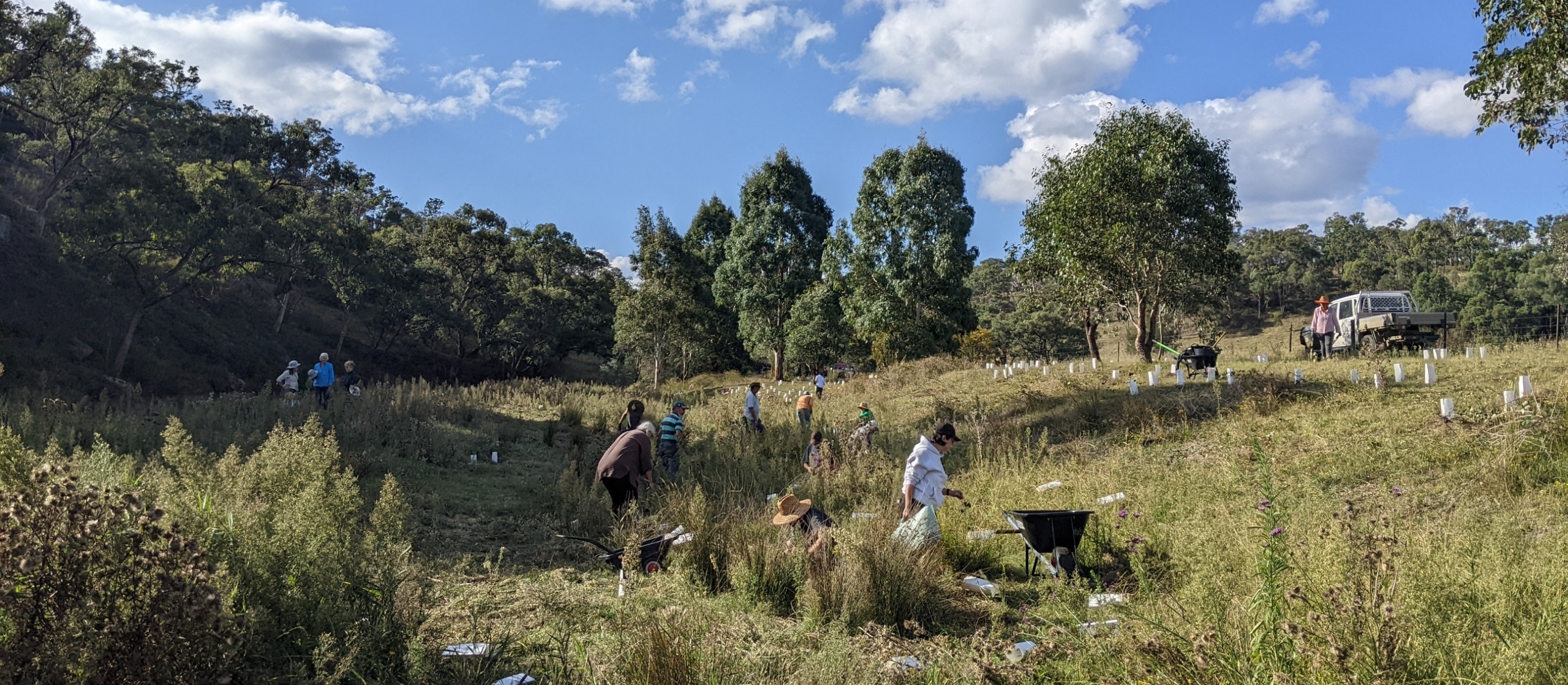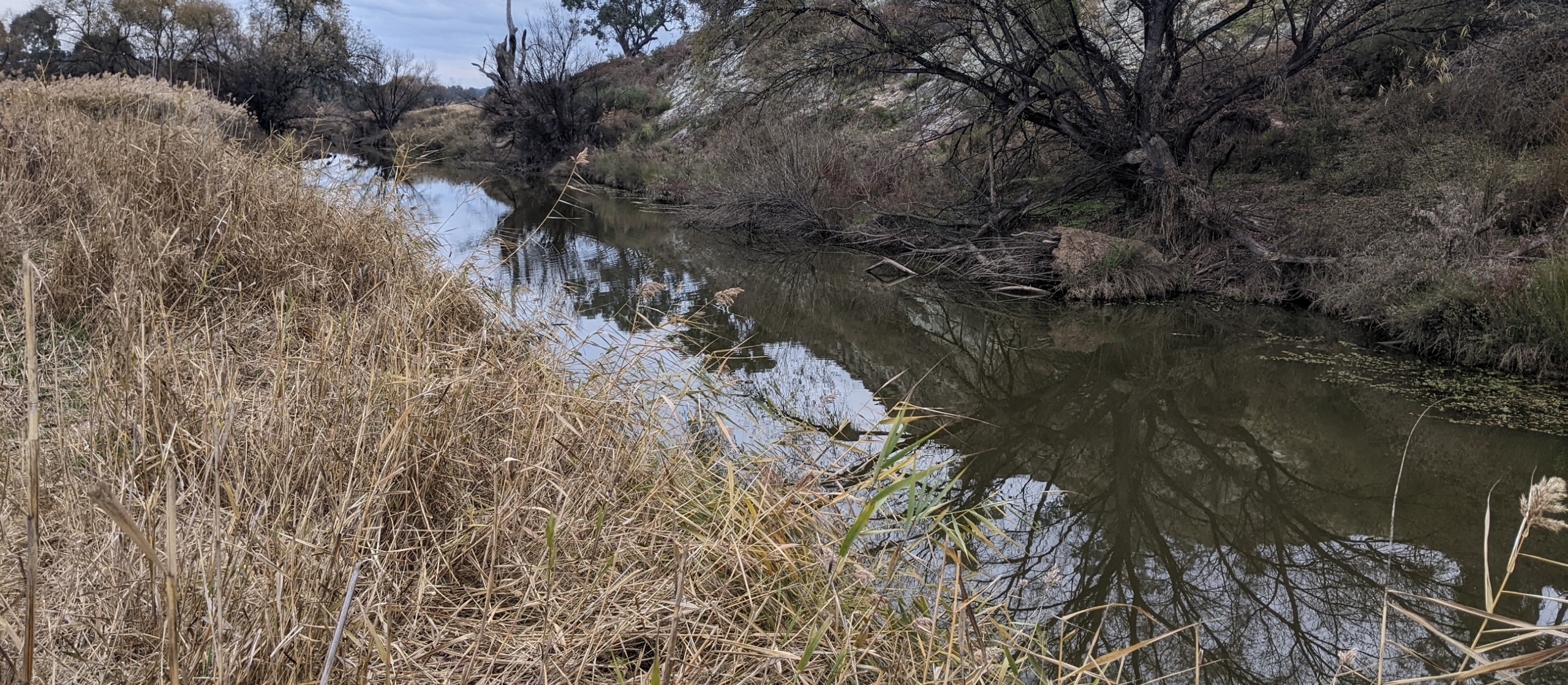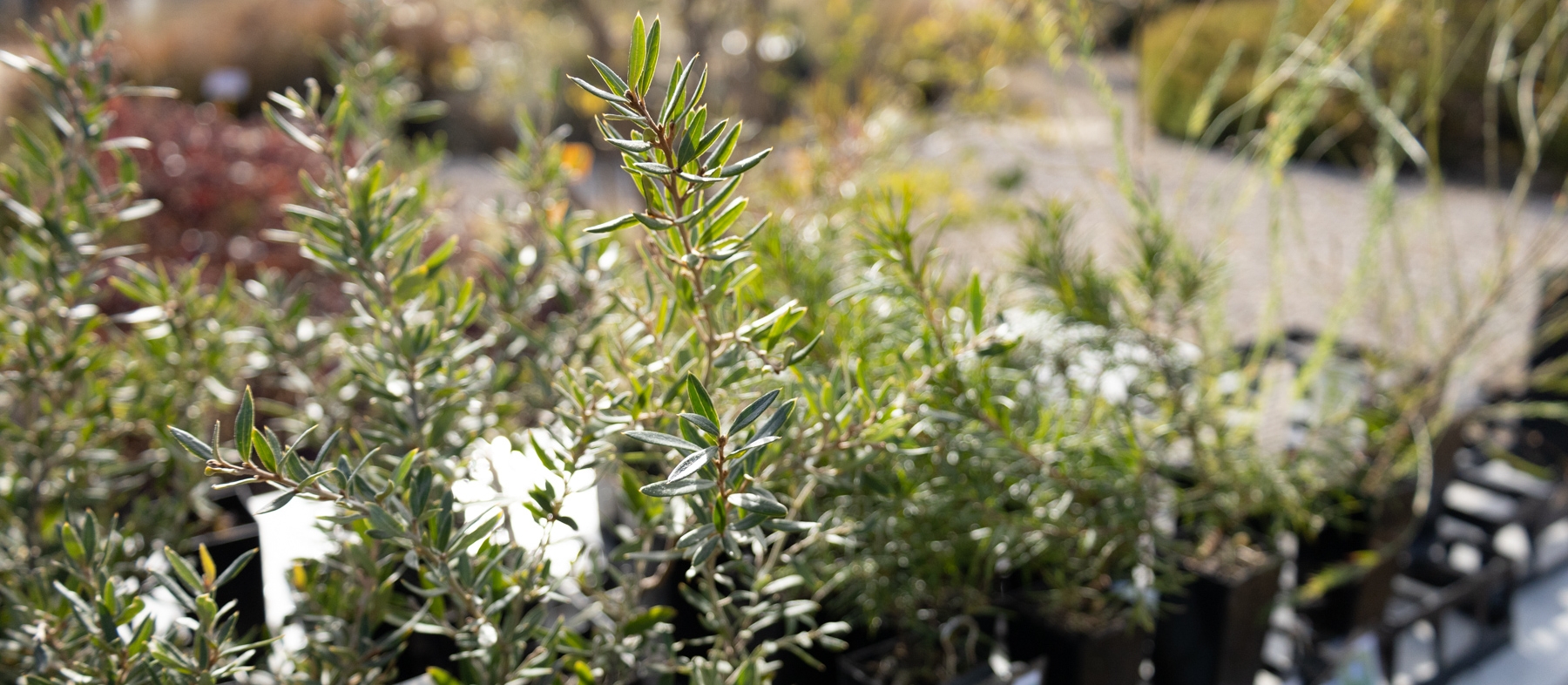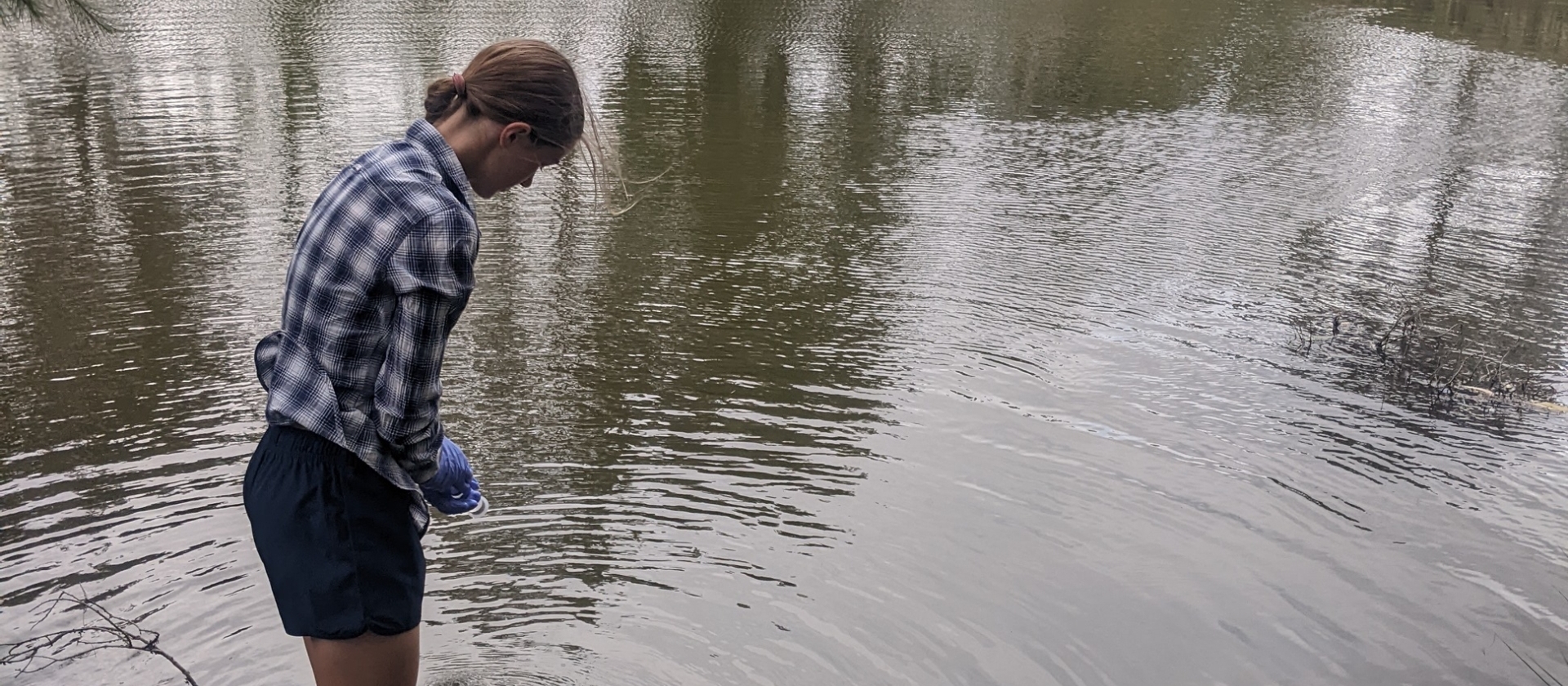Eastern Long-necked Turtles in Motion!
Published 19th January 2024. Written by Maddison O’Brien
With warm weather and recent abundant rainfall, a remarkable reptile stirs and weaves its way through the landscape. When they’re not roaming about, you might see turtles poking their funny heads out of the water to check you out or lazily basking in the sun as they rely on external heat sources for thermoregulation. The Eastern Long-necked Turtle, with its elongated neck and flattened shell, stands as a testament to resilience, adaptation, and the delicate balance between land and water.
One of the most captivating aspects of the long-necked turtle’s life is its migratory behaviour, especially during the breeding season. These turtles, native to the region, embark on expansive overland journeys to find the perfect nesting sites. Female long-necked turtles, driven by the instinct to protect their offspring, travel considerable distances in search of sandy or loose soil for nesting. Males will often leave their ponds in search of new territory and mates. These journeys are a crucial chapter in the life cycle of these fascinating creatures, and it is when they are most vulnerable to road mortality, getting stuck or dehydrated and predator attack.
Despite their tenacity, long-necked turtles face numerous threats. Habitat loss, water pollution, and the hazards of road crossings pose significant risks to their populations. Increased awareness about their migratory behaviours is essential to mitigating these threats and fostering a harmonious coexistence between humans and these ancient wanderers.
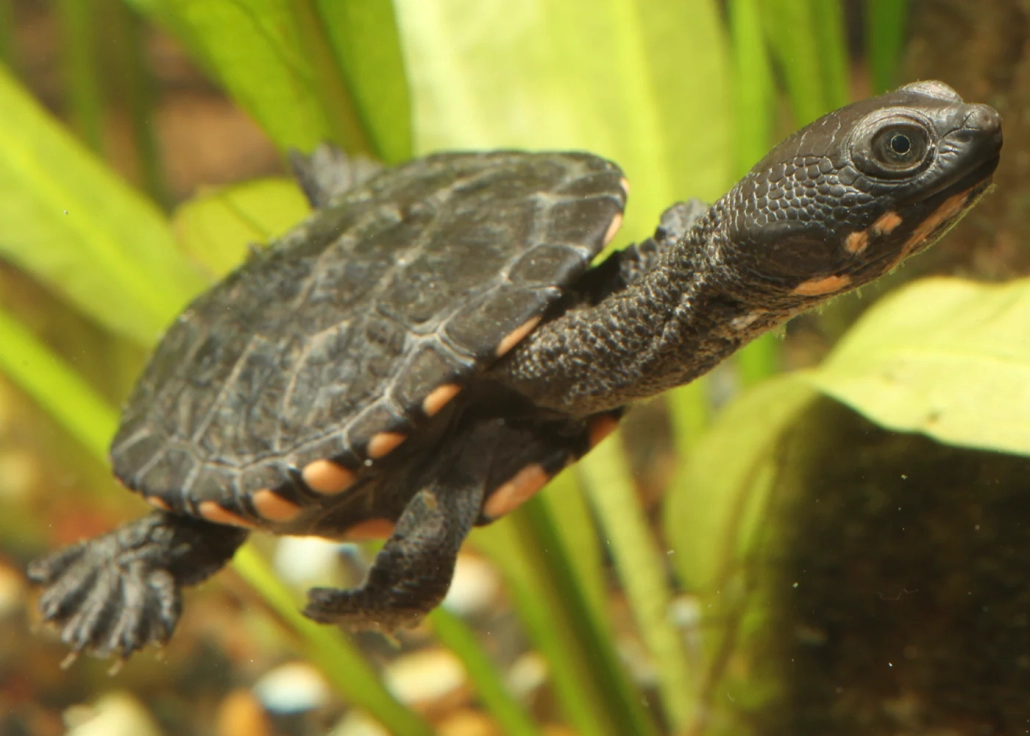
If you encounter a turtle on the road, prioritise safety by checking for traffic before approaching. If comfortable handling the turtle, do so with care, lifting it gently. Move the turtle in the same direction it was heading. If uncertain or the turtle is injured contact WIRES. Never take a wild turtle home and make sure to use the opportunity to educate others about wildlife conservation. Remember, safety for both yourself and the turtle is paramount.
The long-necked turtle holds cultural significance for Indigenous communities. Revered for its resilience and adaptability, the turtle features prominently in Dreamtime stories, symbolising endurance, patience, and the cyclical nature of life.
Long-necked turtles share their habitat with many other aquatic and land based animals including fish, frogs, waterbirds and even the platypus. The turtle’s health and the condition of the aquatic ecosystem holistically impacts all of these creatures. Turtles are omnivores, feeding on aquatic plants, algae and snacking on tadpoles, small fish and insects. They are an important part of the ecosystem, keeping insect and fish numbers balanced and their presence indicates a thriving & diverse ecosystem!
So next time you see a turtle roaming about, have a think about where it might be headed and why. If it’s on the road please stop to help it cross safely and let’s appreciate these gentle creatures and protect their aquatic ecosystems!



